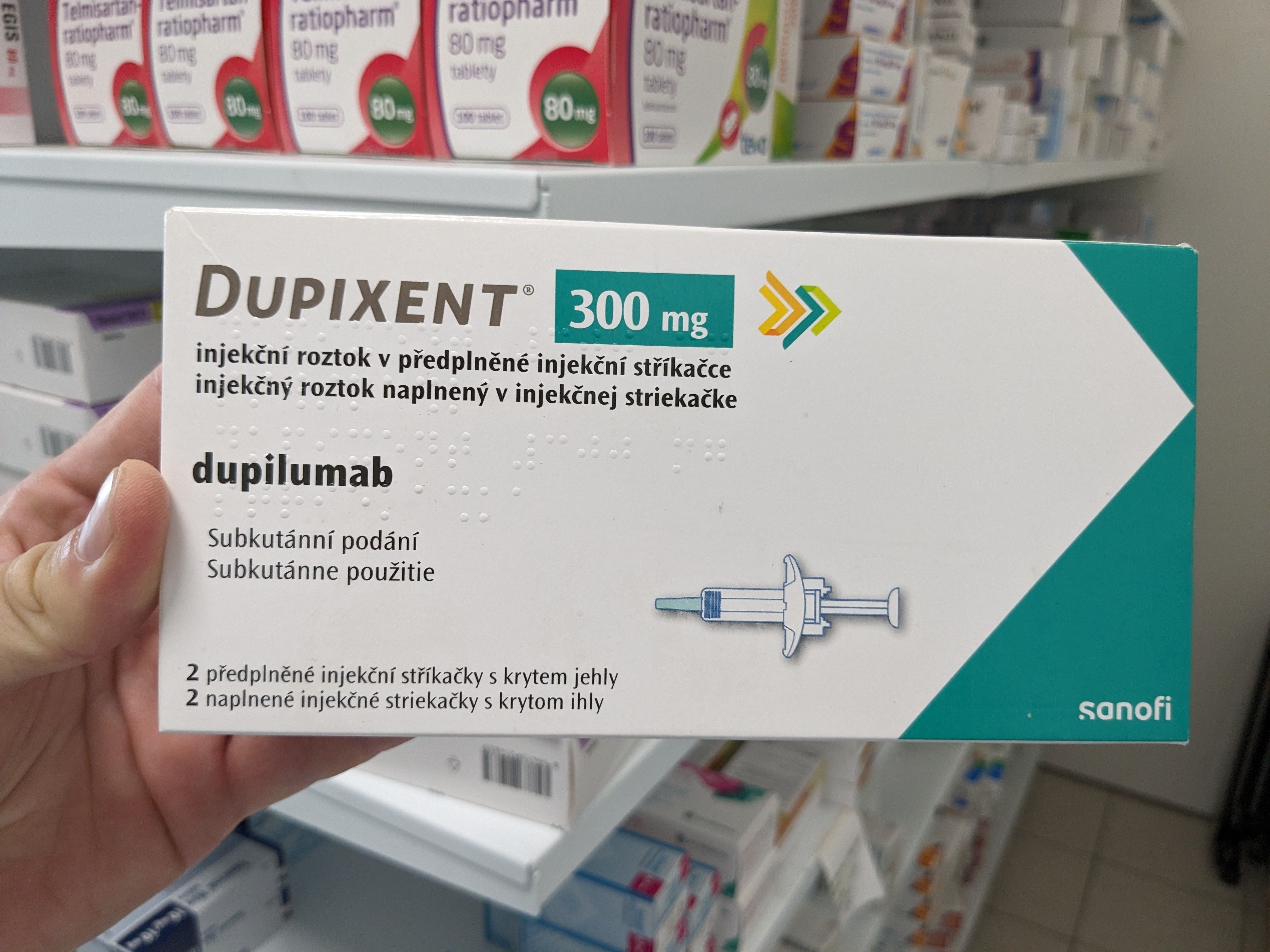Article
Piecing Together Healthcare Factors Behind Death Toll in Puerto Rico After Maria
Author(s):
As Puerto Rico begins to update mortality statistics from 2017 that strengthen prior reports that the death toll from Hurricane Maria was much higher than first reported, a recent article by the Commonwealth Fund says there are 3 factors that worsened the death toll in Puerto Rico after last year's hurricane: an inadequate response, a poorer health baseline, and inadequate funding.
As Puerto Rico begins to update mortality statistics from 2017 that strengthen prior reports that the death toll from Hurricane Maria was much higher than first reported, a recent article by the Commonwealth Fund says there are 3 factors that worsened the death toll in Puerto Rico after last year's hurricane: an inadequate response, a poorer health baseline, and insufficient funding.
Wednesday, the government in Puerto Rico said that the number of deaths from September to December 2017 surpassed the average for the same period over the previous 4 years by more than 1400, The Wall Street Journal reported. There were 2928 and 3040 fatalities in September and October 2017, respectively, more than the tally for any month going back to January 2013. Causes of death included heart disease, diabetes, and septicemia, although government data do not state any direct connection to the storm.
In May, a study in the New England Journal of Medicine (NEJM) estimated the deaths from the storm at more than 4600. The official death toll is 64.
Writing in a post originally published in Harvard Business Review last week and republished on the Commonwealth Fund website, David Blumenthal, MD, the Commonwealth Fund's president, and Shanoor Seervai, a senior communications and research associate, cited the relatively poor health of Puerto Ricans before the storm, the poor response of the Federal Emergency Management Agency (FEMA) after the storm, and the island’s weak infrastructure and insufficient healthcare funding.
“These explanations are related to the differential treatment Puerto Rico receives because it is a territory, not a US state; although its residents are US citizens, they do not enjoy the same rights as their counterparts on the mainland,” the authors wrote.
FEMA delivered fewer resources to Puerto Rico compared with its 2017 posthurricane activity in Florida and Texas, despite the extreme damage done in Puerto Rico, some in remote, rural areas. Hurricane Maria left over half a million homes on the island without roofs, they noted.
In terms of water deliveries, Puerto Rico received 2.8 million liters, Texas received 4.5 million liters, and Florida received 7 million liters. Puerto Rico received 5000 tarp deliveries, Texas received 20,000, and Florida received 100,000.
Despite having more rural, hard-to-reach areas, Puerto Rico did not see the same kind of manpower after the storm. The island had help from 10,000 FEMA personnel, compared with 30,000 deployed after Harvey in Texas and 22,000 after Irma in Florida.
Even though Puerto Rico’s poverty is more extreme, it received far less housing assistance—$2974 compared with $6980 for those in Texas.
Part of the problem is that FEMA is dramatically understaffed, Insurance Journal said Thursday, citing documents obtained through a Freedom of Information Act showing the agency’s disaster response force is understaffed by 26%.
Earlier this year, The American Journal of Managed Care® (AJMC®) described how cancer organizations banded together in the aftermath of the storm to keep delivering care. But even now, elderly patients, including those with cancer, are still struggling without electricity, which means no air conditioning or refrigerated food, US News and World Report described this week. It also leaves them in worse shape for the current hurricane season, which started June 1.
But even before Maria, island residents had worse health than Americans on the mainland, Blumenthal and Seervai said, receiving less preventive care, including cancer screenings, vaccines, and immunizations. Over one-third report “fair or poor” general health, compared with 18% on the mainland. That made them more vulnerable to the injury, illness, or loss of necessary medical services during and after Maria.
In addition, while much of the mainland has reported numerous health benefits from the Affordable Care Act, Puerto Rico has not seen the same effect, because It has neither a state-run nor a federally facilitated individual insurance marketplace, the Commonwealth Fund noted. Residents rely on community health centers, Medicaid, and Medicare. As a territory, it gets less money and resources from Medicaid than it would if it were a state.
All of those factors combined to create a high mortality rate, the authors concluded.
CancerCare, which raised about $665,000, told AJMC® earlier this month that it was disheartened to read about the higher death toll reported in the NEJM study. “We are heartbroken to read these latest figures on the loss of life in Puerto Rico, and especially saddened by the news that a third of these deaths were attributed to delayed or interrupted health care," said Patricia Goldsmith, CancerCare's chief executive officer. "The NEJM report highlights the importance of programs that minimize disruptions to medical care during natural disasters, particularly with regard to ensuring access to treatment and transportation to physician offices.”

Dupilumab Treatment for Patients With CSU: Insights From Jason Hawkes, MD, MS



